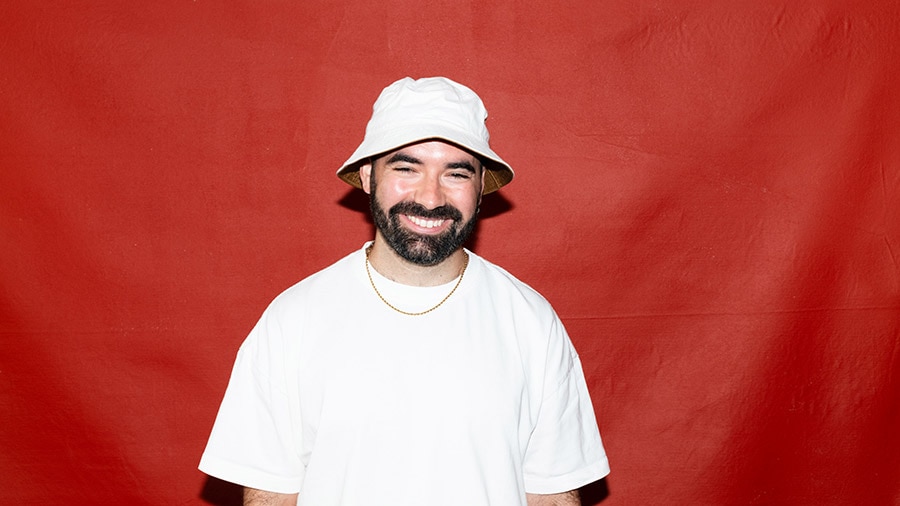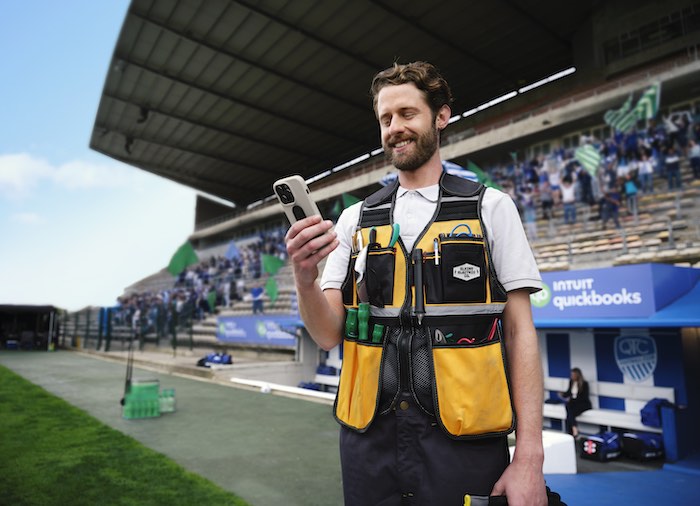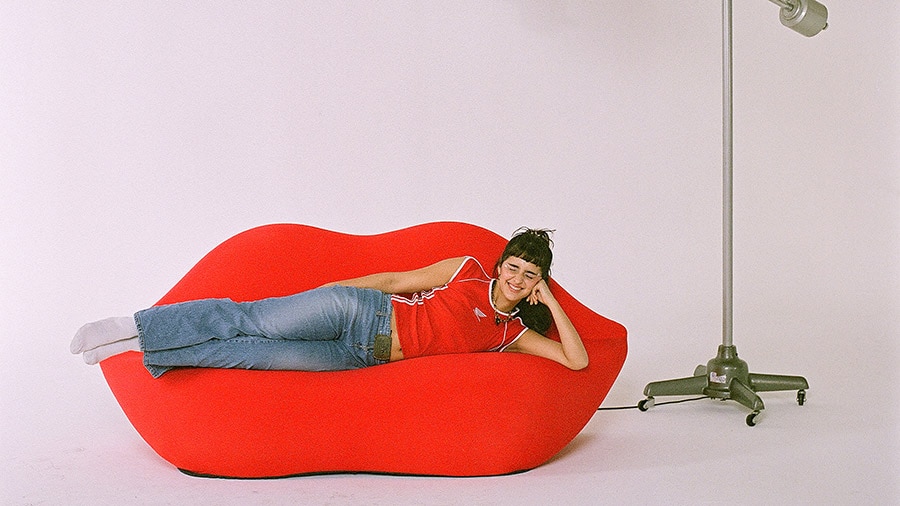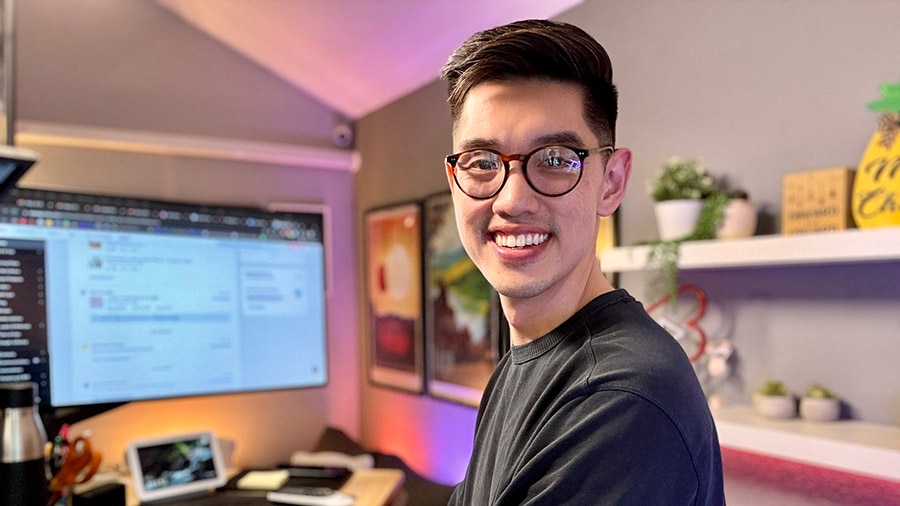There are many noteworthy photographers in the United States whose photographs are never seen by the masses; but Jeremy Cohen, who describes himself as a commercial photographer, is one whose work you might recognize. He photographed the cover of New York magazine for the March 2020-April 2020 issue, showing a man with a double-bass cello, playing alone on his roof.
“This was at the height of the pandemic in New York, when it was considered the epicenter of the world,” Cohen explains. “It was just starting to get nice out, after a long New York winter. Times were dark and uncertain, but when I looked out my window I saw people going up to their roofs doing the things that they love to do, whether it was music or some sport or some sort of art. And I would just photograph it. And just like that, I was starting to photograph this new body of work.” That series was published in New York magazine—a highlight in Cohen’s burgeoning career.
Having discovered his fascination with photography at an early age, Cohen went to the School of Visual Arts New York City, where he studied photography and found work in the industry for the first time. “While I was in school, to make money, I didn't want to get some random job. I wanted to do it in the field of photography,” he says. “I realized I could do that by being an assistant.”
A lot of photographers, Cohen explains, need assistants on shoots. Especially portrait photographers, which is what interested him most. “There's a lot of carrying gear, setting up lights, setting up the background, et cetera. I sent a cold email to a hundred photographers, saying, ‘Hey, I'm Jeremy, I'm a student at SVA, I have this skill set in lighting, et cetera.’ From there, I got a couple of responses and ended up working for a couple different photographers and started making a little bit of money that way.”
The more Cohen worked and studied, the more his confidence grew. “After a couple of years, when I graduated college, I started to get some gigs,” he says. At the time, he was still mainly assisting other photographers, but that began to change. “I slowly transitioned to where I wasn't assisting anymore. And ever since I started working as a full-time photographer [in 2015] I've been steadily increasing my income.”
Today, Cohen has a variety of revenue streams—a combination of his photography, videography, consulting, branded content, and social media (376K followers on Instagram, 1.2M followers on TikTok). To manage his finances and keep a close eye on the business side of his creative work, Cohen uses QuickBooks Money.
The financial side of creative solopreneurship
Thinking back to when he first started using QuickBooks, Cohen says his decision was largely based on recommendations from other business owners and creatives. “I asked around because I have friends that are in similar [solopreneur-type] businesses, and they recommended QuickBooks. I was familiar with the name, so I downloaded it and haven't looked back since.”
Initially, Cohen started with QuickBooks Self-Employed to help him manage his bookkeeping. Now, he uses that alongside QuickBooks Money, which gives him tools for money management, including business banking, accepting payments, and cash flow tracking.
One of the aspects Cohen likes about QuickBooks Money is that it echoes his own business ideals, allowing him to operate at a higher level for his clients. “I pride myself on being reliable,” he says. “Whether that means showing up for a shoot, handing in a project [on time], or just responding to an email.”
That sort of reliability often demands specific tools—ones QuickBooks Money can provide. “Sometimes I'm not with my laptop for a while and a client asks for an invoice. I don't want to send it to them the next day.” Instead, Cohen uses the QuickBooks Money app to complete the invoice on his phone. He adds his customer and sends it over. “It's honestly just simple,” he says. “The best things in life are simple.”














